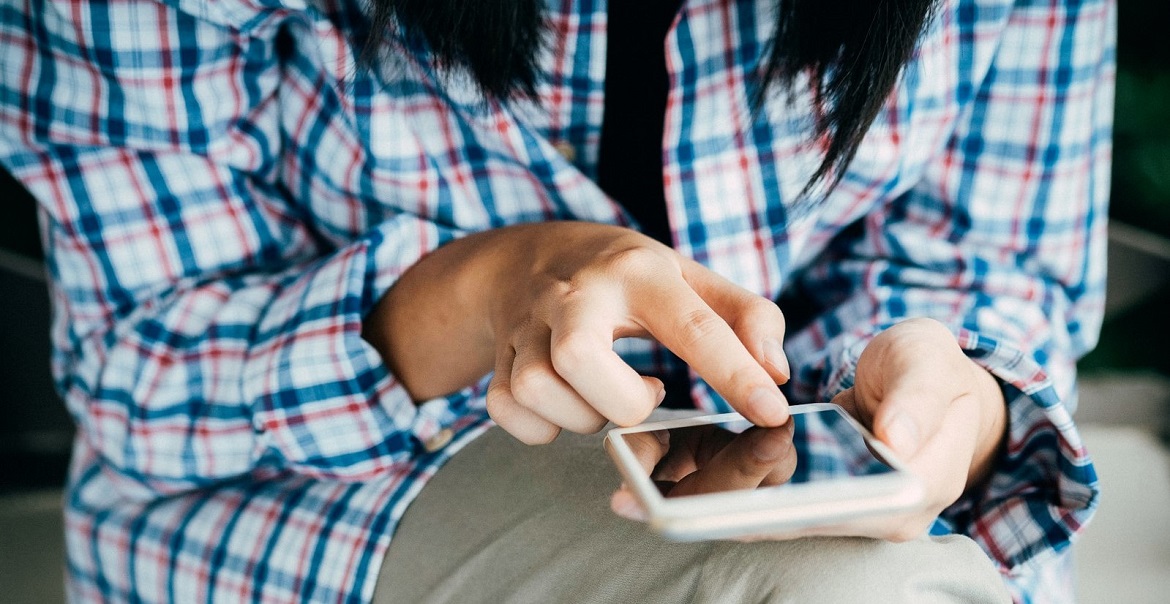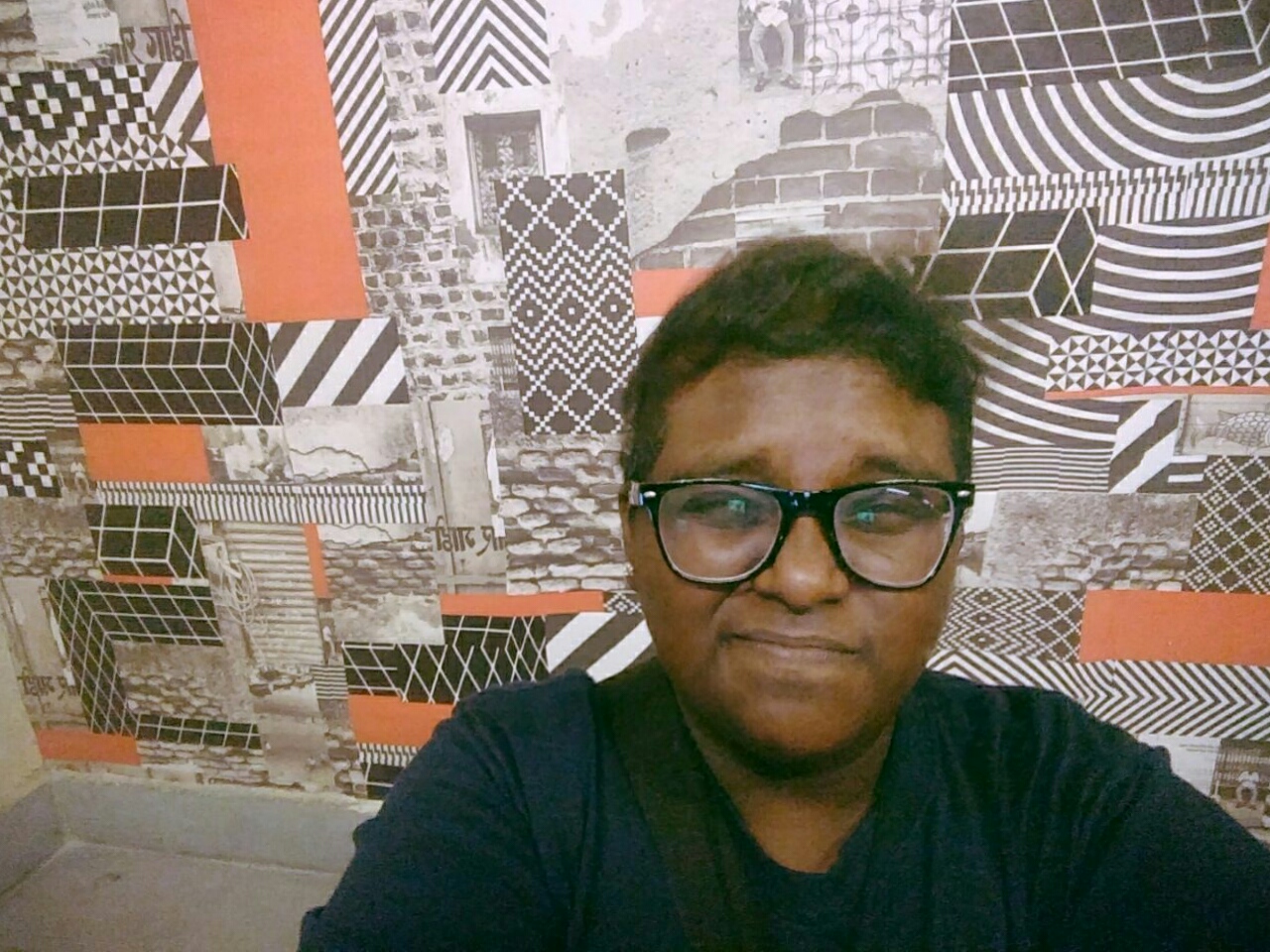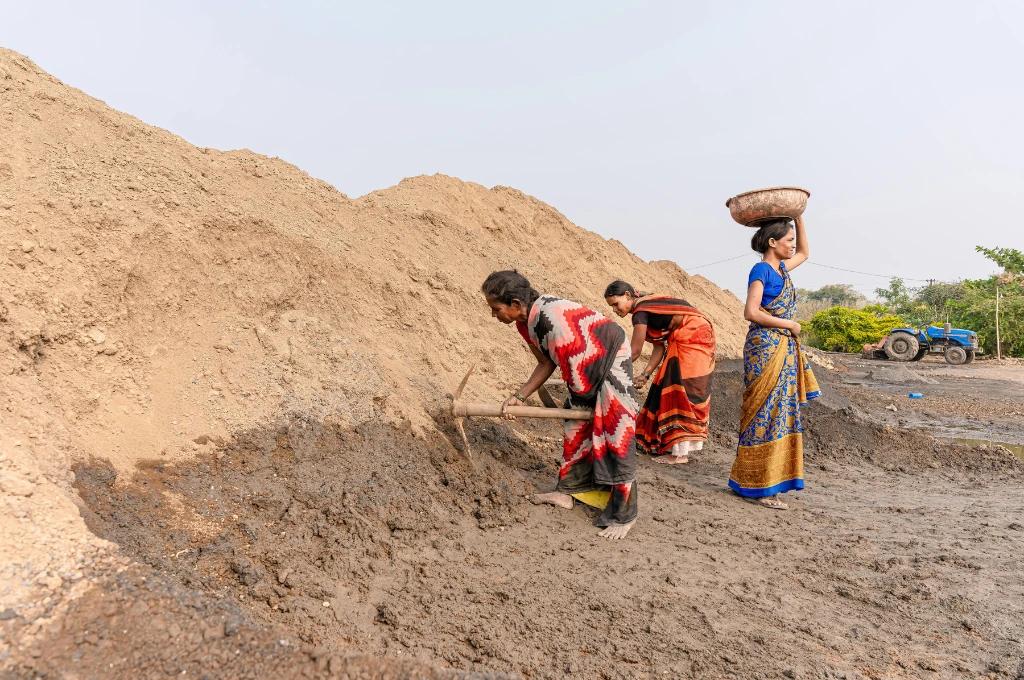Currently, there are more mobile phones than people in India. 294 million Facebook users are from India, the highest from one country in the world. India is also the seventh largest market for Twitter. And the number of ‘good morning’ forwards you receive every morning will tell you more about the proliferation of WhatsApp than any statistics could.
The digital space is becoming an integral part of our daily lives, especially with smartphones and internet data plans becoming more affordable. The number of people going online everyday—including people from marginalised communities—is increasingly rapidly.
[quote]Digital rights are seen as something separate from other human rights, which is not the case.[/quote]However, while women, people with disabilities, LGBTQ+ people, and other often disenfranchised communities are now entering the digital space, knowledge about digital rights and how they are connected to rights in the ‘real world’ is scarcely available. More often than not, digital rights are seen as something separate from other human rights, which is not the case.
So, what are digital rights?
Simply put, digital rights are human rights in the online space, that cover the access to and use of this space and related technology. In addition, they address the protection and realisation of existing rights and freedoms (such as freedom of expression, right to information, right to privacy, redressal in case of violation, and so on) in the context of new technologies and the digital space.
Why do they matter to marginalised populations?
More and more marginalised populations are using the internet to tell their stories, explore their identities, and find community. The digital space is playing an increasingly critical role in activism and in access to rights and freedoms for these populations (think: #MeToo movement).
When the digital space is such an important part of a community, their rights to access and use this space need to be protected. Without this, their human rights are incomplete.
Offline and online rights are interconnected
The offline power structures which exist in the physical world have also moved to the digital space, and therefore so have the inequalities and violence resulting from them.
[quote]The offline power structures which exist in the physical world have also moved to the digital space.[/quote]Let’s take the example of women and girls to explain this: For their safety, they are told not to go out at night (offline), and not to be on social media or speak out (online); to protect their virtue they are told that having sex for pleasure is wrong (offline), and that sexting or sharing nude photos consensually is wrong as well (online); and when it comes to placing blame, it is always on them, be it for sexual harassment or rape (offline), or having their intimate messages, photos, and videos shared publicly against their wishes (online).

Knowledge about digital rights and how they are connected to rights in the ‘real world’ is scarcely available | Photo courtesy: Flickr
Related article: Why the goal of digital inclusion is missing the point
What needs to be done to even the playing field
At Point of View, we work with grassroots women’s rights activists, adolescents, and queer persons in urban as well as peri-urban and semi-rural regions to build their knowledge, understanding, and capacity to occupy and use the digital space as per their needs and wishes:
Through our work with them, we have identified a few things that each of us can do to begin to level the digital playing field:
- Try to break the hierarchy in internet usage. Do not deem some usage as ‘good’ (such as applying for jobs or studying), and others as ‘bad’ (such as using social media or watching pornography).
- Spend more time online to become more confident and comfortable with occupying the space—you can find content that matches your interests, and communities to share them with as well.
- Start with the spaces and technology which you use in your everyday life and work, and work on learning more about these. For example, you might be using Facebook every day—take the time you spend on that platform one step further and learn about how they handle data and explore the privacy options available, and how that pertains to your account.
- No one knows everything about technology. Ask for help to understand and learn new features and devices.
[quote]While you become more aware of and comfortable with your digital rights, you need to challenge the notion that the internet is neutral.[/quote]At the same time, while you become more aware of and comfortable with your digital rights, you need to challenge the notion that the internet is neutral. Due to the very nature of its conception, the default user online is presumed to be someone who is white, middle to upper class, English-speaking, cis, straight, and male, possibly living in the global north. This is because most of the people behind the technology belong to this profile. Add to this the unequal access, and it’s not surprising that women, and other marginalised people are like second class citizens online.
For this reason, it is important that we do what we can to help even the digital playing field—at a personal level we can ensure that we are not restricting ourselves, at a community level we can help others access the space more freely, and of course at the policy level we can take learnings from the ground to meetings and conferences and make people challenge their preconceived ideas about who is using the internet, how it works for them, and what they need.
In ‘A Declaration of the Independence of Cyberspace‘, John Perry Barlow said,
“We are creating a world that all may enter without privilege or prejudice
accorded by race, economic power, military force, or station of birth.
We are creating a world where anyone, anywhere may express his or her beliefs,
no matter how singular, without fear of being coerced into silence or conformity.”
For a truly free and equal internet, everyone needs to be able to enter the digital space without prejudices based on gender, sexuality, ability, caste, and language as well, apart from those mentioned by Barlow. For this, the cyberspace needs to be reclaimed by people across each of these identities.





